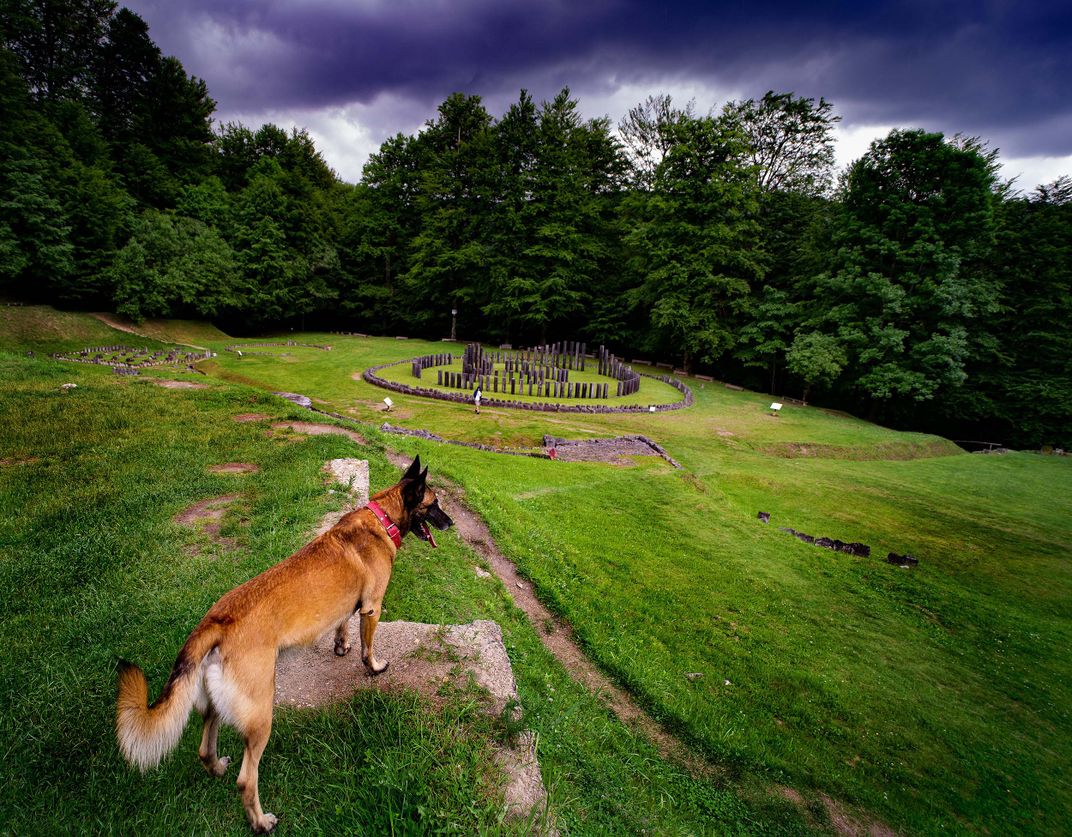Sarmizegetusa Regia (UNESCO World heritage site) was the capital and the most important military, religious and political center of the Dacians before the wars with the Roman Empire. Erected on top of a 1200 m high mountain, the fortress, comprising six citadels, was the core of a strategic defensive system in the Orăștie Mountains (in present-day Romania). Towards the end of his reign, Burebista transferred the Geto-Dacian capital from Argedava to Sarmizegetusa. Serving as the Dacian capital for at least one and a half centuries, Sarmizegethusa reached its zenith under King Decebal. Archeological findings suggest that the Dacian god Zalmoxis and his chief priest had an important role in Dacian society at this time. Sarmizegetusa Regia started being the capital of the Dacian kingdom in c. 75-50 BCE (Before Current Era). For the next 150 years, Sarmizegetusa Regia acted as a political, religious, military and economic center of Dacia. Sarmizegetusa Regia contained a citadel and residential areas with dwellings and workshops as well as a sacred zone. The sacred zone — among the most important and largest circular and rectangular Dacian sanctuaries – includes a number of rectangular temples, the bases of their supporting columns still visible in regular arrays. Perhaps the most enigmatic construction at the site is the large circular sanctuary. It consisted of a setting of timber posts in the shape of a D, surrounded by a timber circle which in turn was surrounded by a low stone kerb. The layout of the timber settings bears some resemblance to the stone monument at Stonehenge in England. An artifact referred to as the “Andesite Sun" seems to have been used as a sundial. A system of ceramic pipes channeled running water into the residences of the nobility. The archaeological inventory found at the site demonstrates that Dacian society had a relatively high standard of living. Nevertheless, the flowering of Dacian civilization apparently underway during the reign of Decebalus came to an abrupt end when Trajan's legions destroyed the city and deported its population. (sources: https://cetateasarmizegetusa.ro, https://www.gohunedoara.com/.../oras.../sarmizegetusa-regia/, Wikipedia).
| Date Taken: | 06.2021 |
| Date Uploaded: | 11.2022 |
| Photo Location: | Grădiștea de Munte, Romania |
| Copyright: | © Nora De Angelli |

